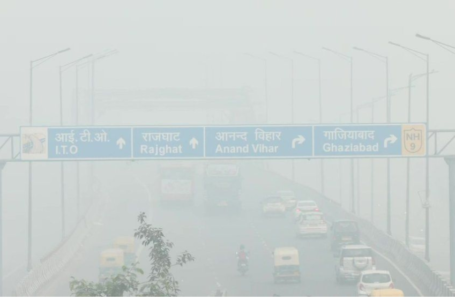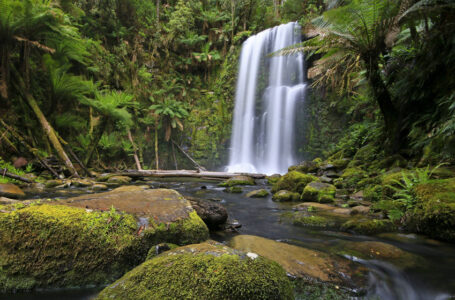10 Most Remote Places On Earth You Need to Visit Before You Die
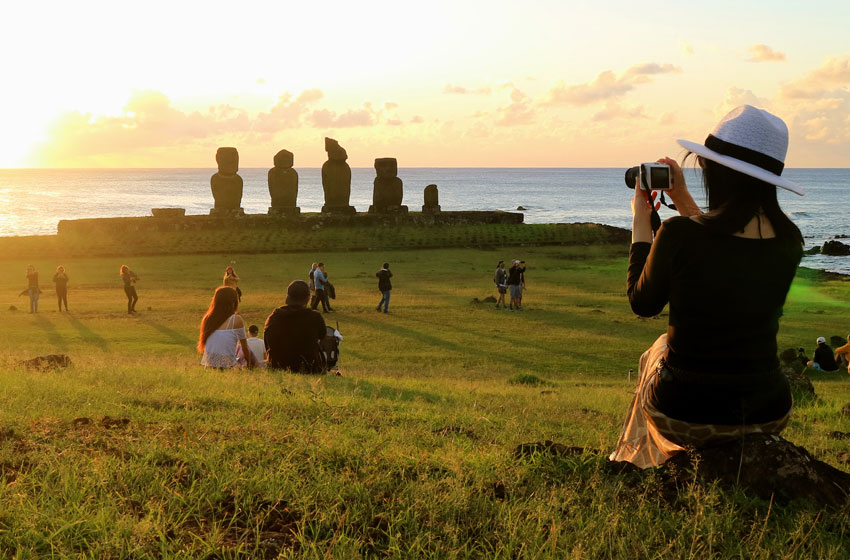
Right now, we could all do with a holiday. While many of us may dream of the picturesque beaches of Goa, Sri Lanka, or Thailand, there are other isolated havens that offer a break away from the crowds. Many of which can only be accessed by boat or plane. Some are tropical. Some are arid. Some are freezing. All are adventurous. Given the pent-up frustration from extended Covid lockdowns, there is an expected surge in travel in 2022 and beyond. Here are ten isolated exotic locations:
Cape York Peninsula, Australia
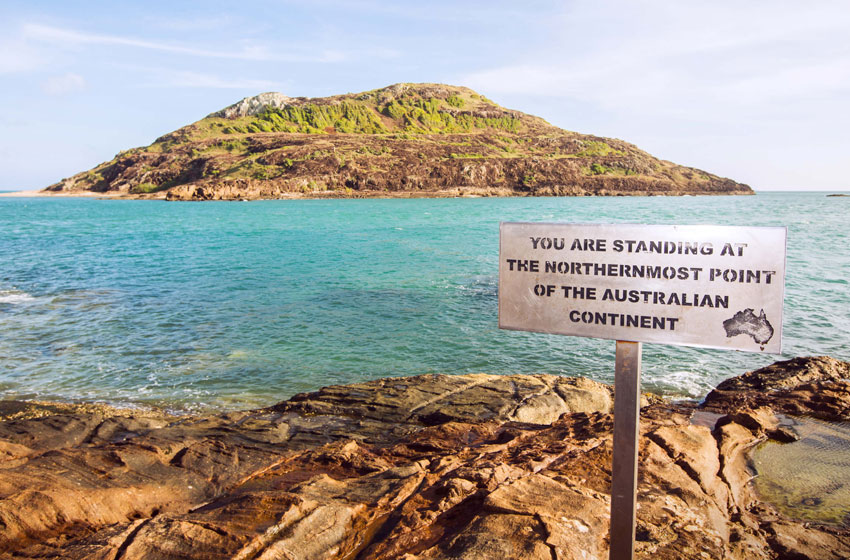
The first one on our list is closer to home. The indigenous-run Cape York in northern Queensland is the northernmost point of Australia. It’s a great place to go fishing or exploring in an undisturbed area of wooded savannahs, tropical rainforests, and other types of habitats. Cape York is about a 45-hour drive from Sydney.
Oymyakon, Russia
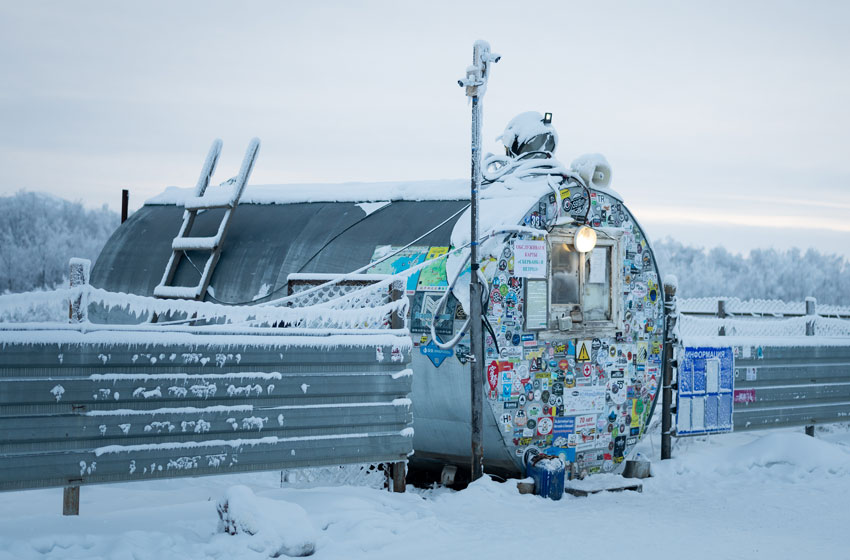
Not for the faint-hearted. Not only is this remote Russian town challenging to get to, but it is also known as the coldest inhabited place on Earth due to its extreme subarctic climate. During the depth of winter, the town’s 500 residents live in almost continual darkness with an average temperature of -58°C. A monument exists, noting January 1924 when −71.2 °C was recorded. Although winters in Oymyakon are extremely cold and long, the summers are mild to warm. Citizens live on dishes like frozen fish and reindeer meat due to the inability to grow crops. Getting there can take several days. The airports of Yakutsk or to Magadan are the closest, and both are over 500 miles away.
Ittoqqortoormiit, Greenland
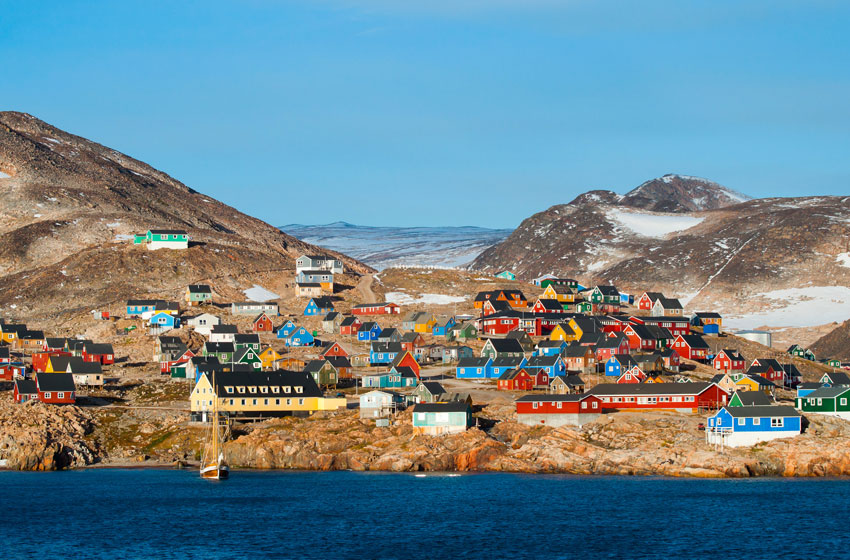
Ittoqqortoormiit is about as far away as you can get from any other inhabited area of Greenland or the world. Ittoqqortoormiit is so remote that you will usually need a helicopter to get there from the airport 25 miles away. Tourism is growing in importance for its 350 residents who enjoy dog sledding and camping as pastimes. Tourists come to see the Northern Lights and other picturesque scenery. Additionally, it’s a cruise destination for three iceberg-free months of the year.
Siwa Oasis, Egypt
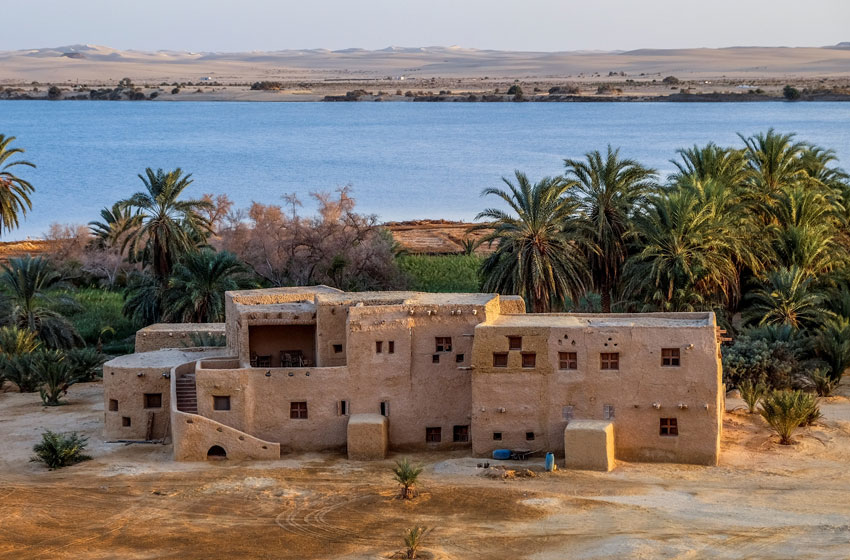
Travel to the centre of Egypt’s Western Desert, and you will find the preserved Siwa Oasis. Although only five hours from Cairo, the inhabitants’ Siwi language and Amazigh culture remain untouched by time. While the Oasis is not a traditional tourist destination, it does draw those looking for a unique experience. Those who visit enjoy locally grown olives and dates, camel rides, the ‘Cleopatra’s Bath’ mineral spring, and lodging within desert eco-huts built out of mud and salt.
Villa Las Estrellas, Antarctica
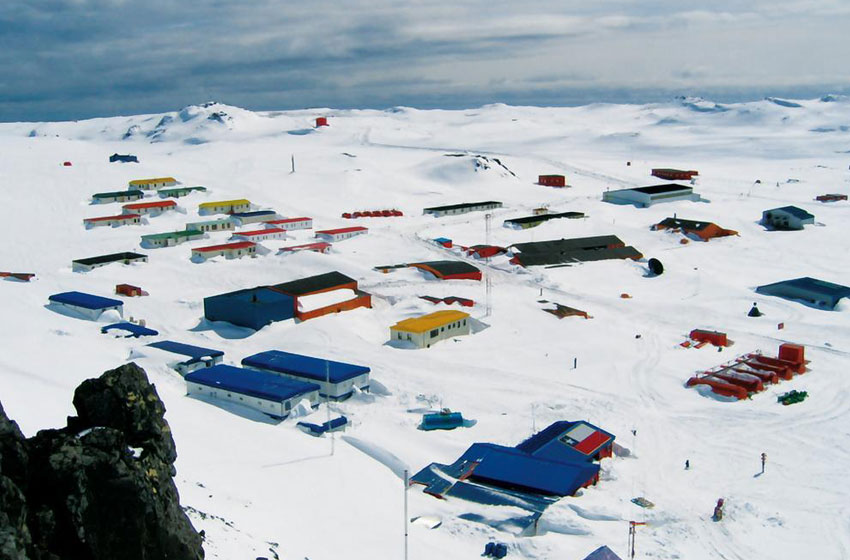
Spanish for “Star Town” is a Chilean colony within Antarctica. The town’s community has fourteen 90 m² homes for the inhabitants (80 in winter; double that in summer). In addition, it has a gym, church, school, and even a souvenir shop. The bad news is that getting to Antarctica requires a two-day boat trip from Ushuaia (Argentina) to cross the Drake Passage into the Antarctic Circle.
Longyearbyen, Norway
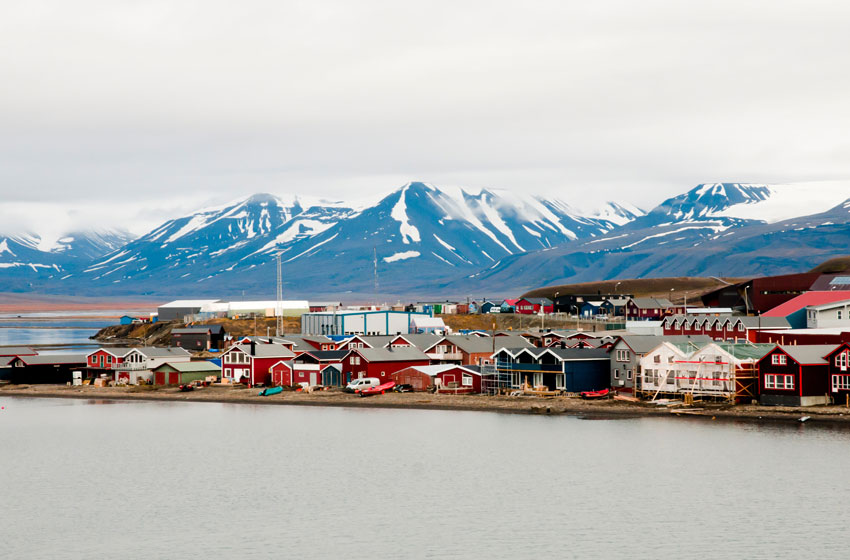
Another cold destination is the world’s northernmost settlement, with a population greater than 1,000 inhabitants. A bizarre law is (as it is so cold) is that it’s illegal to be buried there as bodies won’t decompose. It has only one grocery store, a university centre with 300 students who must learn to use firearms and seeing whales swimming in the fjord from windows is not uncommon. To get there, you need to travel to Oslo, where Norwegian Airlines offers three 3-hour connecting flights a week.
Socotra Island, Yemen
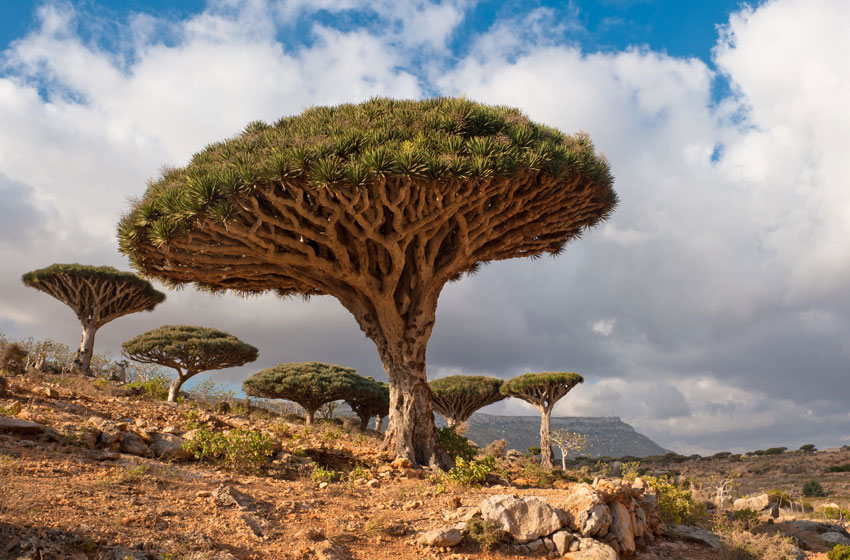
A UNESCO World Heritage Site located on Yemen’s Gulf of Aden, Socotra Island contains almost a thousand plants, a third of which are unique to the island. One of the most striking of Socotra’s plants is the Dragon’s Blood Tree, an unusual umbrella-shaped tree with red sap that was thought to be the dragon’s blood by the ancients. Socotra’s airport was only built in 1999, with tourism a fledgling sector. Therefore, the island lacks any well-established hotels, although there are a few guesthouses. The ideal time to visit Socotra is from October to April; the remaining months usually have heavy monsoon rainfall, making it difficult to navigate.
Tórshavn, Faroe Islands
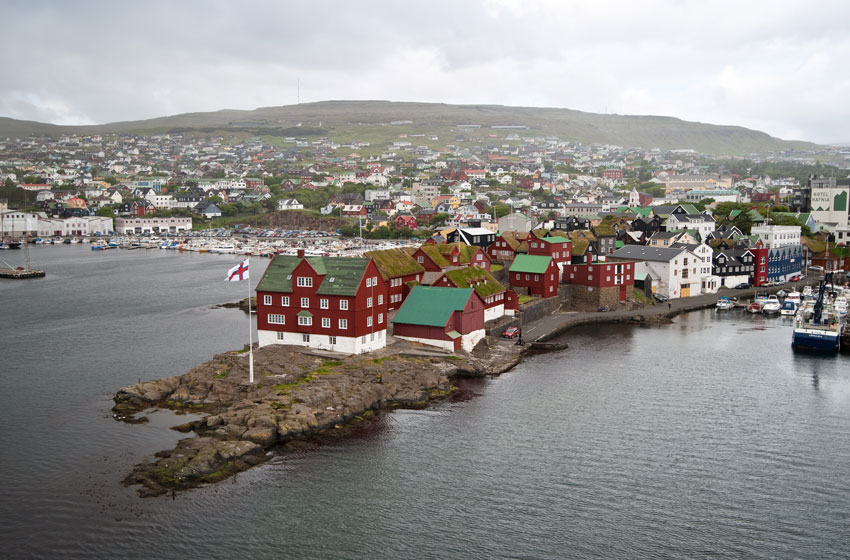
Named after Thor, Tórshavn in the Faroe Islands is the smallest capital city in the world. Located halfway between Norway and Iceland, it has a rich Norse history. The locals boast on the town’s official website that it “is the sort of place where people still have time for each other”. The town of 20,000 can be reached by Atlantic Airways and Scandanavian Airlines who both offer direct flights from Denmark, Scotland, Iceland, and Norway.
Barrow, Alaska

Want to drive to Barrow? You can’t. There are no roads that lead to Barrow; the town is only accessible by plane. Even then, the flight is 90 minutes from Anchorage. At the very top of Alaska, north of the Arctic Circle and 1300 miles to the North Pole, Barrow is an inhospitable terrain with a winter consisting of 65 days of continual darkness. Commerce is primarily oil. The midnight sun attracts tourists, as do its novel location. However, transporting food to the city is very expensive, many residents continue to rely upon subsistence food sources.
Easter Island, Chile
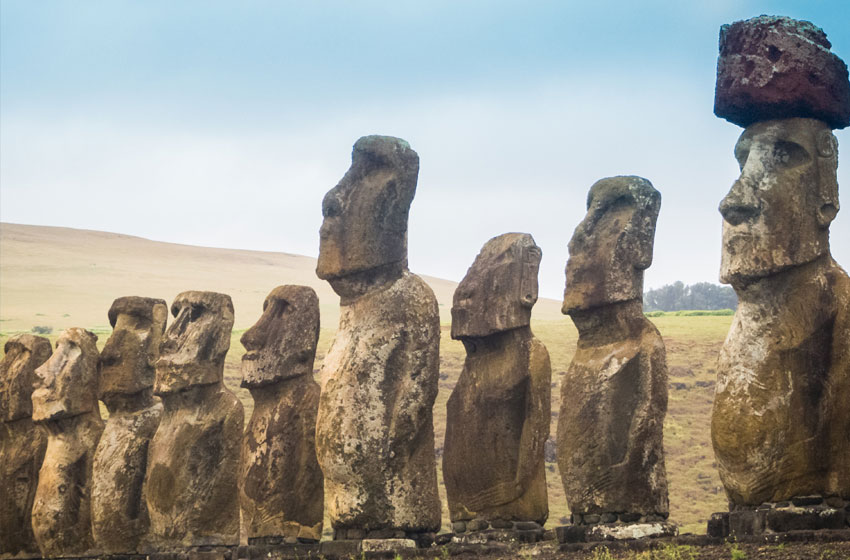
Another UNESCO World Heritage Site, Easter Island, has around 1000 iconic moai statues that make it renowned. The island’s economy is primarily tourism, as people are undeterred by the arduous task to reach the island. The early Rapa Nui people are estimated to have colonised the island in the 12th Century AD, but their constructions and purpose remain a mystery. Getting to the island means using LATAM, the only airline with flights to Easter Island. Return flights begin at around AUD 600 for the five-hour flight from Santiago in Chile.

